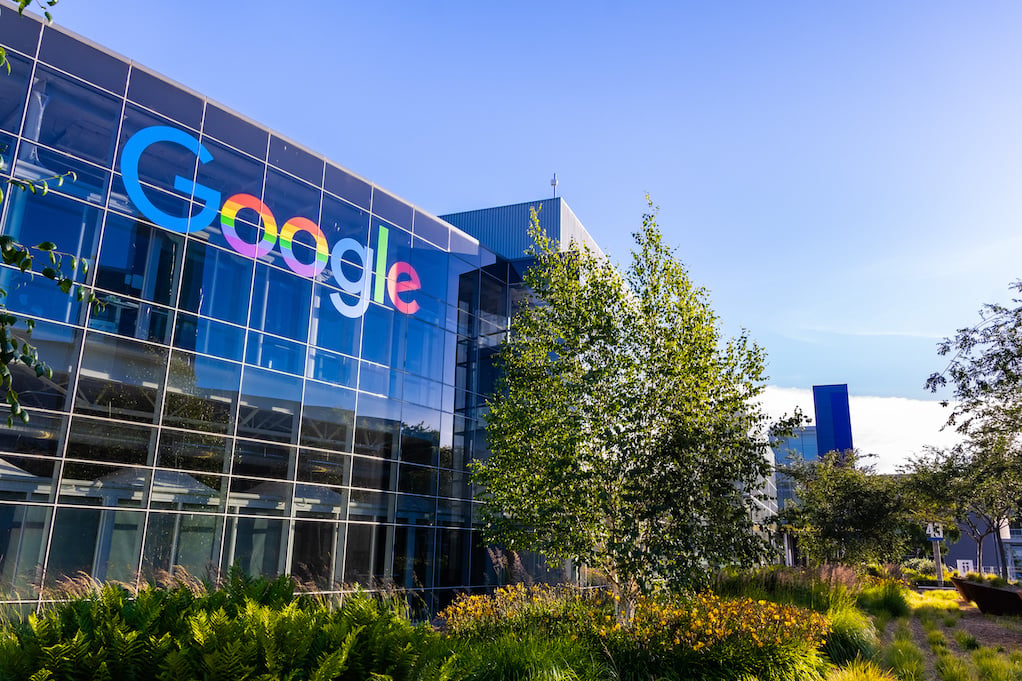In this article, you'll learn:
- How new government funding is creating emerging tech hubs across the U.S.
- The slowdown in leasing in traditional tech centers like San Francisco and Austin.
- The rise in office space demand driven by expanding AI startups.
- The impact of these shifts on commercial tenants, including changes in demand and lease rates.
As big tech has historically aligned with the office market's success, recent developments are marking a critical shift. A slowdown in leasing activity within established tech hubs, coupled with a substantial infusion of government funding, is heralding the dawn of a new era for our tech powerhouses.
Because a slowdown in leasing activity within established tech hubs, coupled with a substantial infusion of government funding, could reshape the industry's dynamics and geographic concentration.
This evolution has far-reaching implications for commercial tenants, investors, and the broader tech and real estate sectors. In this article, we will discuss where and how tech leasing will be concentrated in the future.
And in the mean time, don't miss any critical developments in the CRE world. Subscribe to our blog to stay on top of the latest CRE trends, giving your company the competitive edge it needs.
New Tech Funding Means New Tech Hubs
It’s no secret that the rapid technological revolution has reshaped the working landscape. Now, with the potential of AI and other high-tech advancements, the national focus has been on expanding these industries. And the government is putting their money where their mouth is.

With the passing of the CHIPS and Science Act last year, the White House promised to devote $52 billion to the expansion of the US’ science and technology center. The goal is to boost the global prowess of the United States’ competitive tech status.
And part of this initiative involves decentralizing the country’s existing tech strongholds in hopes of making the entire nation a powerhouse.
|
“For too long, economic growth and opportunity has clustered in a few cities on the coasts. (The new hubs bring) benefits and opportunities of scientific and technological innovation to communities across the country, with nearly three-quarters significantly benefitting small and rural areas and more than three-quarters directly supporting historically underserved communities.” - Statement from the White House |
So, in accordance with the CHIPS and Science Act, the White House has officially designated 31 technology hubs spanning 32 states and Puerto Rico. Each hub can apply for between $40 million and $70 million, for a total of almost $500 million in implementation funding. However, the designation alone is not a guarantee of federal funding. The administration plans to sort through the 31 city selections to award 10 cities funding.
Up until now, tech leasing has traditionally been associated with major tech hubs like San Francisco. However, with the infusion of new capital and opportunities, there's a shift underway. The challenges faced by these established tech hubs are opening the door for a decentralization of the industry.
Tech Titans are Suffering
This new funding could revive the tech leasing landscape, which has experienced an unprecedented pullback in the last several months.
In the first quarter of 2023, leasing for the tech category plummeted to just 8.7% of office demand, a stark contrast from the 21.5% it represented in the fourth quarter of 2021. Prominent software and tech companies have largely downsized their office space, and they’re willing to take on big costs to cut waste.
Back in February, even Google announced it will incur $500 million in costs related to slashing office space in the first quarter of 2023 alone.

Of course, this slowdown has been largely concentrated in areas that were previously tech giants. So, the tech leasing pullback has had an inverse effect on these cities.
For example, San Francisco, Austin, and Raleigh-Durham have all witnessed increases in vacancy rates throughout the third quarter of 2023. The subsequent drop in demand has also initiated a dip in asking rents in those areas.
|
“Since the start of 2023, the nation’s 15 established tech metros experienced office vacancy rates rise from 18.0% to 18.2% collectively, while their average effective rents have fallen from $48.33 to $48.13 per square foot.” -Moody’s Analytics |
San Francisco, in particular, appears to be irrevocably wounded. The vacancy rate in the city climbed 10% throughout 2022. Now, empty offices haunt the city, encompassing 27 million square feet. The vacancy rate for Class A buildings is currently 23.9%, eight times what it was in 2019 when the vacancy rate lingered around 5%.
Coupled with the slow demise of previous tech titans, new funding could point to future leasing hotspots for the sector. All said and done, we may be witnessing a new evolution in where and how tech companies occupy space.
However, skeptics doubt that new funding alone has the power to transform a city into a tech giant. Previous hubs became just that due to a critical mingling of resources and market dynamics. They didn’t become tech powerhouses overnight.
|
“However, each of these tech hubs were a result of university resources and research, professors and graduate students, spin-off companies, and a naturally growing educated and specialized labor force. It isn’t clear whether a similar type of result can be created artificially even with federal funding.” -GlobeSt |
Other Influences in the Evolution of Tech Leasing
The competition and innovation that result from new funding sources can bring about a diversification of tech ecosystems. This means we may see the rise of emerging tech hubs in unexpected avenues. For instance, the other undeniable factor at play is the rise of AI in tech.
Ironically enough, despite the advancements in remote work capabilities and virtual communication tools, many professionals in the artificial intelligence field recognize the unique value of physical office spaces. Most AI startups and professionals want in-person collaboration. Because of this, the field is carrying a lot of the new leasing transactions in the tech sector. And by the close of 2023, artificial intelligence companies will have secured a significant 17.2 million square feet of office space nationwide.
The AI industry thus far has shown a somewhat surprising leasing preference for damaged giants like San Francisco. And now home to more well-funded tech startups than the rest of the country combined, AI stands to breathe new life into the office sector.
It shouldn’t really be a surprise that AI has found a niche in San Francisco. The ex-tech capital of the world allows them to tap into its reputation while taking advantage of the fire sale of properties according to record devaluation of recent years. The perfect storm has been brewing for the right industry that’s looking to pick up space.
Even though fresh funding is being injected into new cities handpicked for science leasing expansion, it doesn’t mean that our old titans will go out without a fight. Professionals can’t deny that such hubs became successful due to their resources and demographics. These are long-standing factors conducive to tech production, not a happy accident that can be easily mimicked. So, funding may not necessarily designate where new tech hubs will be, but it does inform us where to keep an eye on the evolving dynamics.
Tech Leasing Takeaways for Tenants
The injection of new funding into the tech industry points to a potential evolution in the geographical concentration of tech leasing. Established strongholds, such as San Francisco and Austin, have experienced challenges, opening the door for emerging tech ecosystems to thrive. However, it's essential to note that new funding is just one piece of the puzzle. The resurgence of rapidly growing sectors like artificial intelligence also has the potential to rejuvenate existing tech powerhouses. As the tech landscape continues to evolve, it's not merely a matter of where, but how innovation and technology will shape the future.
Commercial tenants also need to stay attuned to these changes because they affect where demand is concentrated. As new tech hubs emerge, the demand for office space and commercial properties is redistributed, potentially leading to fluctuations in property values and lease rates. Being aware of these shifts enables tenants to make informed decisions regarding their real estate strategies, whether it involves expansion, relocation, or renegotiating lease terms.
Remaining well-informed in this ever-changing landscape is crucial for commercial tenants. Therefore, don't miss out on a single update—subscribe to our blog today.








